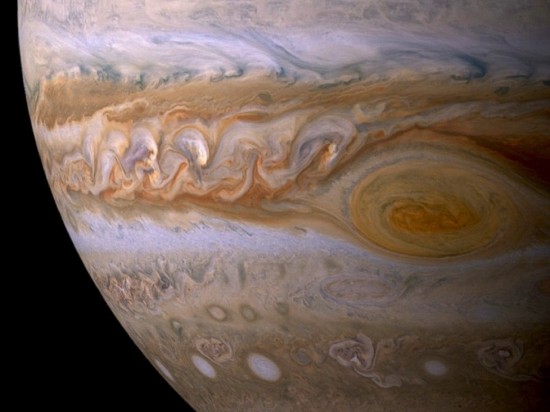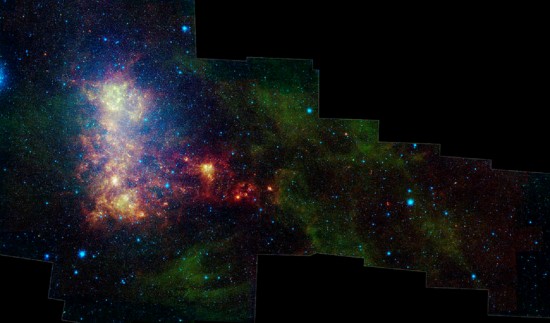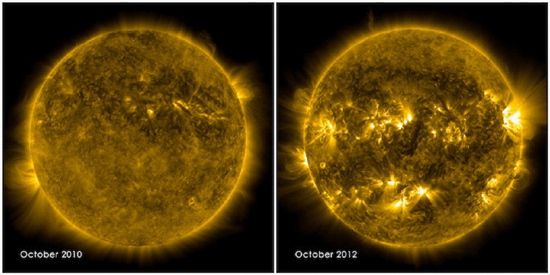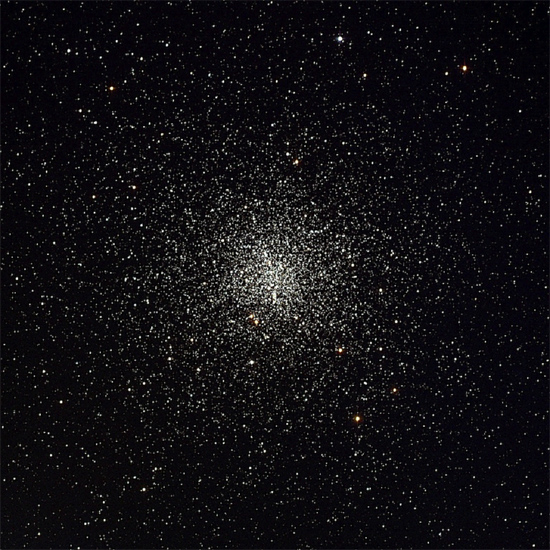Alpha and Omega
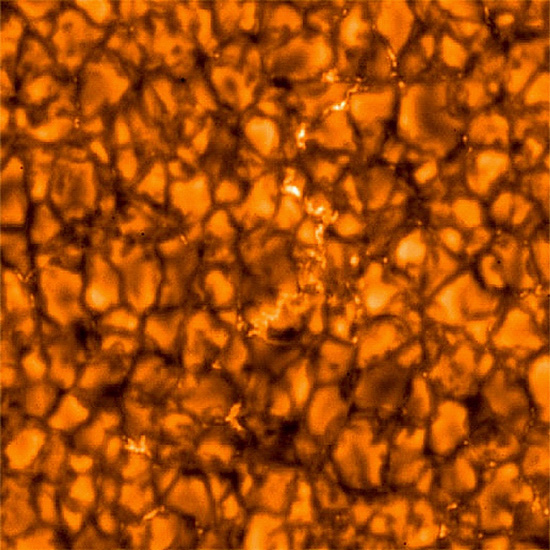
Jan 09, 2013 How the Sun’s interior generates its magnetic field is a long-standing mystery for heliophysicists. It is commonly believed that there is an electromagnetic dynamo inside the Sun. That dynamo has long been thought to be powered by two forces: the “stretching and winding” of magnetic fields…
The Powers of Darkness
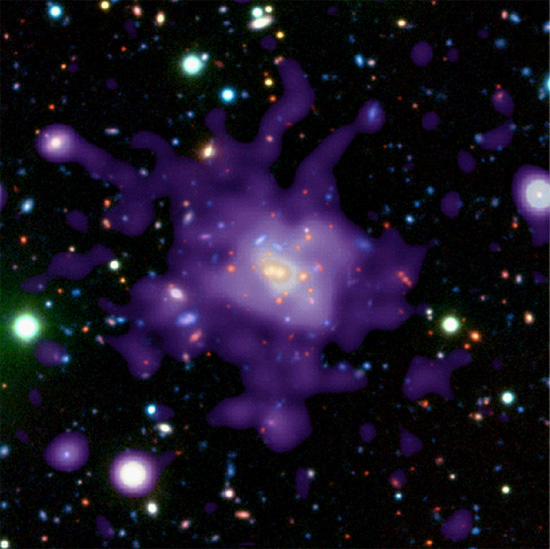
Jan 07, 2013 Was the early Universe powered by “dark matter annihilation”? According to modern cosmologists, the Universe is composed primarily of dark matter. More than 95% of all that exists is unseen and undetectable by the most sensitive instruments yet devised. Many astrophysicists claim that the earliest stellar…
Organic Molecules in Space
Seeking What is Hidden
Callisto
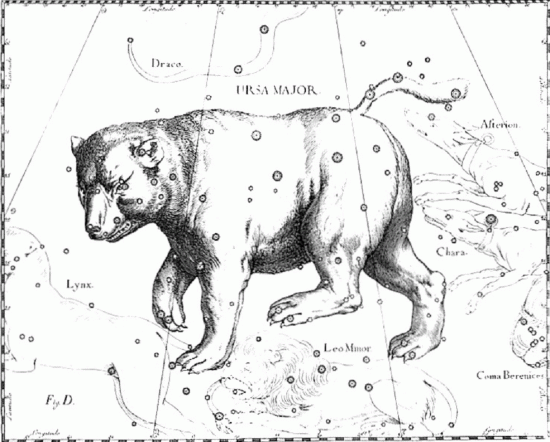
Jan 01, 2013 The Galileo mission’s exploration of Jupiter and its environs provided substantial evidence for the Electric Universe hypothesis. The Galileo spacecraft was launched October 18, 1989, following a delay of several years while NASA recovered from the Challenger space shuttle explosion. On September 21, 2003, Galileo was incinerated by…
Electric Disconnection
Red Herring
Another Year
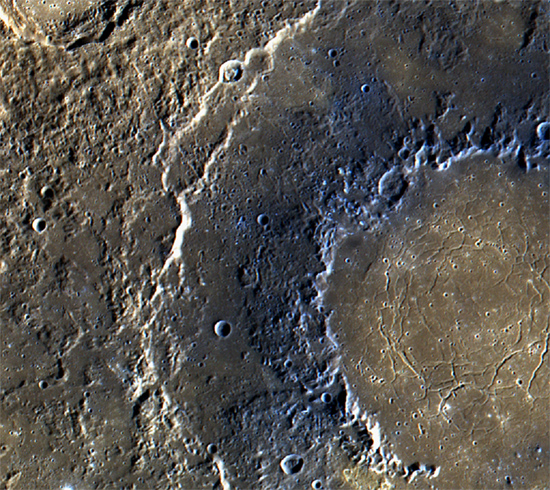
Dec 27, 2012 The MESSENGER spacecraft has recently been approved for an extended mission in Mercury orbit. The Mercury Surface, Space Environment, Geochemistry and Ranging (MESSENGER) spacecraft was launched from Cape Canaveral on August 3, 2004. On March 17, 2011 MESSENGER entered orbit, initiating a yearlong study of the Solar System’s…
Stars That Will Not Explode
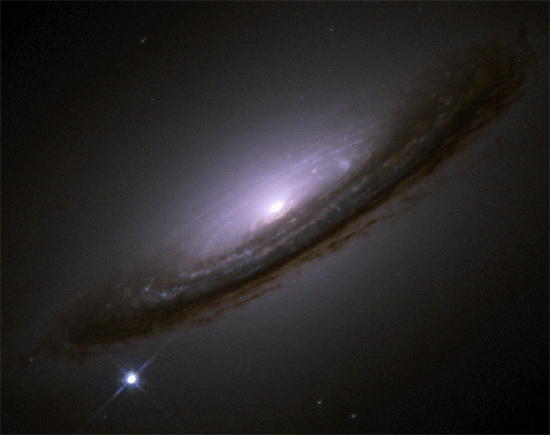
Dec 26, 2012 NASA computer simulations are not able to correctly model supernova explosions. Contemporary astrophysical models of stellar evolution rely on the mechanical action of cold gas collapsing from gravitational impetus. Stars are seen as whirling vortices of compressed matter heated to fusion temperatures by pressure, alone. Clouds…





